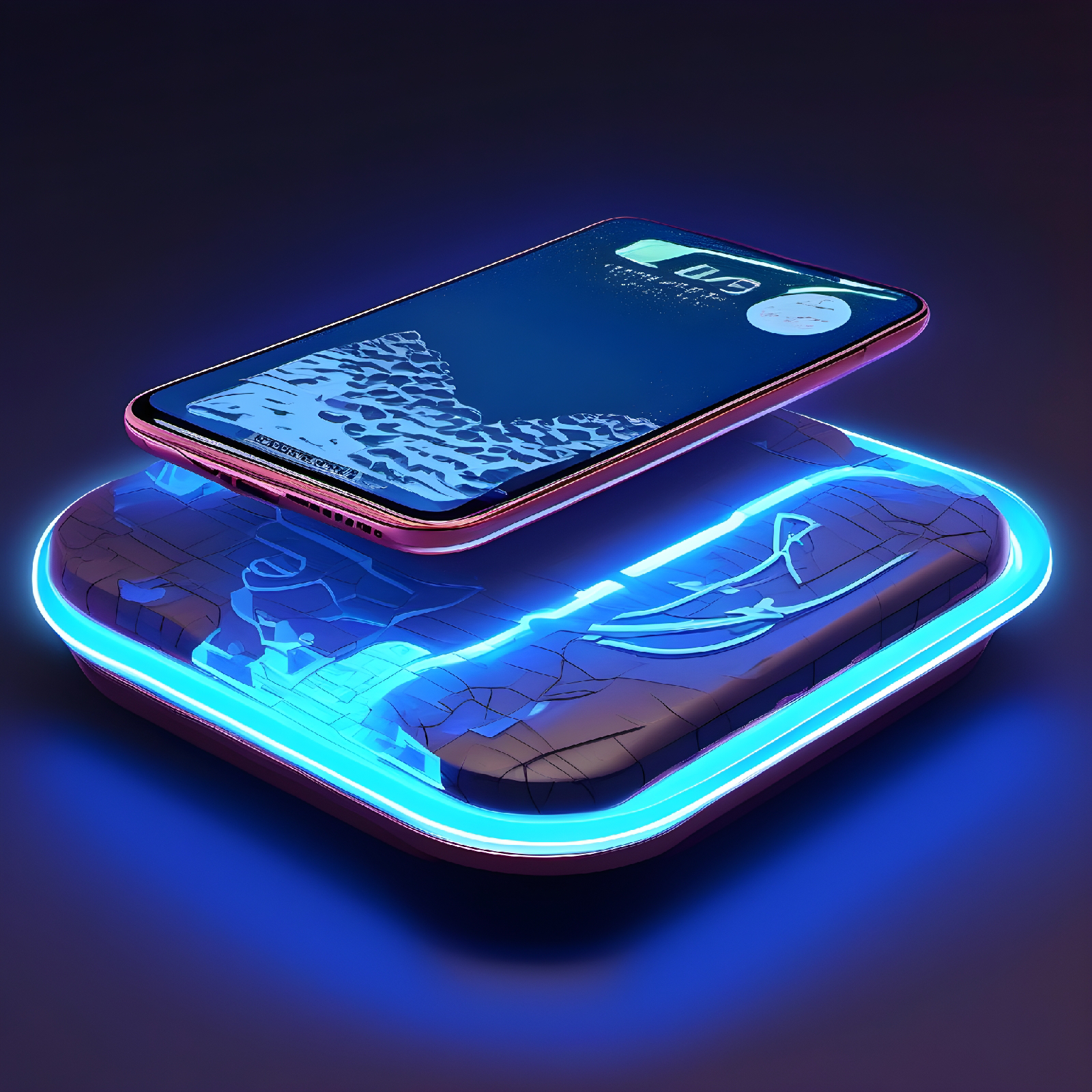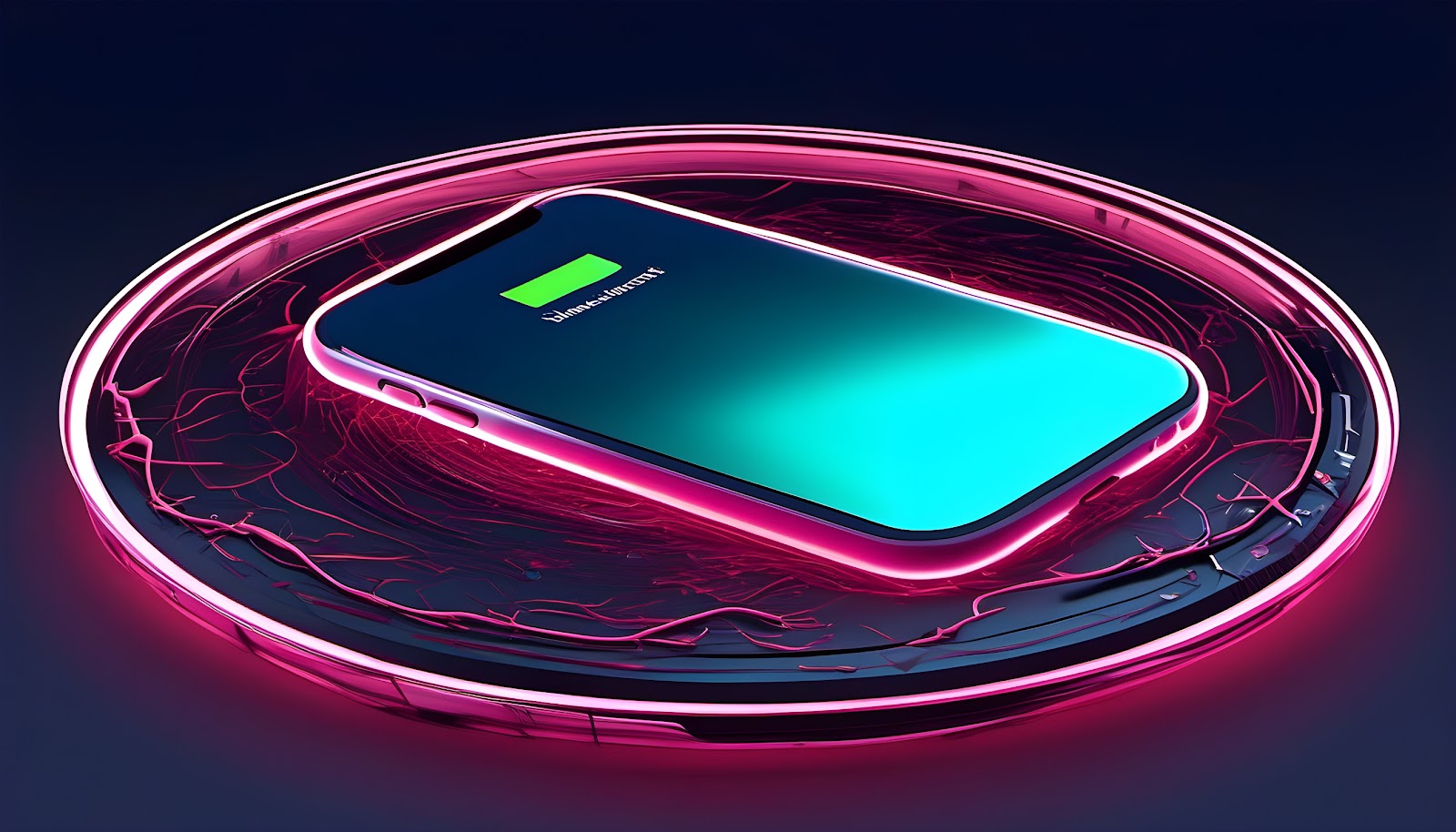"Wireless Charging Technology: Charging Your Devices in Style"
Wireless Charging Technology: Charging Your Devices in Style
In today's fast-paced world, our reliance on electronic devices has reached unprecedented levels. From smartphones to wearables and more, our gadgets have become an integral part of our daily lives. With this increasing dependence, the demand for convenient and efficient charging methods has never been greater. Wireless charging technology has emerged as a stylish and convenient solution to this challenge. In this extensive guide, we will delve into the world of wireless charging, exploring its history, technology, advantages, and how it's changing the way we power our devices.
Understanding Wireless Charging Technology
A Brief History
Wireless charging is not a new concept; it has a history dating back over a century. In 1891, the visionary inventor Nikola Tesla demonstrated wireless power transfer. However, it's only in recent years that wireless charging technology has gained mainstream attention and widespread adoption. Modern wireless charging technology is rooted in the principle of electromagnetic induction, a phenomenon first discovered by Michael Faraday in the early 19th century.
How It Works
Wireless charging is based on two fundamental components: a transmitter (commonly referred to as a charging pad or stand) and a receiver, which is integrated into your device. The process can be summarized in a few key steps:
- An electric current passes through the transmitter coil, creating an oscillating magnetic field around it.
- Placing your device on the charging pad aligns the receiver coil inside the device with the magnetic field generated by the transmitter.
- This alignment triggers the flow of an electric current through the receiver coil.
- The received electric current is then converted back into electrical power, which charges the device's battery.
Types of Wireless Charging
There are primarily two types of wireless charging technologies in use:
Inductive Charging: Inductive wireless charging is the most common form, widely used in consumer devices like smartphones and wireless earbuds. It requires direct contact between the device and the charging pad. Inductive charging relies on the principle of electromagnetic induction to transfer power effectively.
Resonant Charging: Resonant wireless charging introduces more flexibility in terms of distance and alignment. Although it is still an emerging technology, resonant charging holds great promise for the future. It allows for charging over slightly longer distances and with less stringent alignment requirements compared to inductive charging.
Advantages of Wireless Charging
Convenience and Aesthetics
One of the most compelling advantages of wireless charging is the unparalleled convenience it offers. No more fumbling with tangled cables or constantly plugging and unplugging devices. With wireless charging, all it takes is a simple act of placing your device on the charging pad, and it begins charging. This simplicity not only saves time but also reduces wear and tear on your device's charging port.
Furthermore, wireless chargers come in a variety of stylish designs and materials, allowing you to charge your devices in a way that complements your home or workspace. They can seamlessly blend with your decor, adding a touch of modernity and sophistication to your surroundings.
Universal Compatibility
Wireless charging is not confined to a single brand or device. Many smartphone manufacturers, tablet makers, and even some laptop producers now include wireless charging capabilities in their devices. This means you can use the same charger for multiple devices, reducing clutter and the need for numerous charging cables and adapters.
Fast Charging and Efficiency
Wireless charging technology has seen significant advancements in terms of charging speed. Many modern wireless chargers support fast charging, capable of delivering power to your device as quickly as, if not faster than, traditional wired chargers. This enhanced speed ensures that your device is ready for use in no time.
Efficiency is another notable advantage of wireless charging. These chargers are designed to minimize energy loss during the charging process, making them more energy-efficient compared to traditional charging methods.
Brands and Products Utilizing Wireless Charging
Now, let's delve into some of the prominent brands and products that utilize wireless charging technology, how they function, and the types of wireless charging they support.
Apple and the iPhone
Apple has been a significant proponent of wireless charging technology, introducing it to a broader audience. A variety of Apple products, including the iPhone, Apple Watch, and AirPods, are compatible with wireless charging. Starting with the iPhone 8, all newer iPhone models support wireless charging based on the Qi standard.
In addition to device compatibility, Apple has introduced its own wireless charger, known as the "MagSafe Charger." MagSafe technology uses magnets to ensure proper alignment and efficient charging. When you attach the MagSafe Charger to your iPhone, it magnetically snaps into place, guaranteeing a perfect connection for optimal charging performance.
Samsung and Galaxy Devices
Samsung's Galaxy smartphones have long supported wireless charging. They've been a significant proponent of the Qi wireless charging standard, which ensures compatibility with a broad range of wireless chargers. Samsung offers a variety of wireless charging solutions, including wireless charging stands and pads, designed to work seamlessly with their Galaxy devices.
Google and Pixel Phones
Google's Pixel smartphones also support wireless charging. They are compatible with Qi wireless charging standards, allowing you to use a wide array of wireless chargers. Google's own wireless charging solution, the "Pixel Stand," is a popular choice among Pixel users. The Pixel Stand provides a convenient platform for wireless charging, while also offering features like Google Assistant integration and a smart display mode.
Wireless Charging Accessories
Beyond smartphones, numerous other devices and accessories incorporate wireless charging technology into their design. These include wireless charging earbuds, smartwatches, and even electric toothbrushes. For example:
- Wireless charging earbuds, such as the Apple AirPods and various models from other manufacturers, come with charging cases that support wireless charging. Placing the case on a wireless charger refuels both the earbuds and the case.
- Smartwatches like the Apple Watch, Samsung Galaxy Watch, and many others can be charged wirelessly using specialized charging docks or pads.
- Electric toothbrushes, like those from brands such as Philips Sonicare, often include wireless charging bases for convenient recharging.
Challenges and Considerations
While wireless charging offers many benefits, it's essential to consider some challenges and considerations.
Compatibility and Standards
Wireless charging is becoming more universal, but it's crucial to ensure that your device is compatible with the charger you plan to use. The primary wireless charging standard in use is Qi (pronounced "chee"), which is widely adopted. However, it's advisable to check your device's compatibility before purchasing a charger, as there may be variations in power output and performance.
Distance and Alignment
Traditional inductive wireless charging requires close proximity and precise alignment between the device and the charging pad for optimal charging efficiency. Misalignment can result in reduced or intermittent charging, which can be frustrating. While resonant wireless charging aims to address these issues by allowing more flexibility in terms of distance and alignment, it is still an evolving technology.
Heat Generation
Wireless charging can generate some heat during the charging process, though it is usually within safe limits. It's essential to place your wireless charger on a non-flammable surface and ensure proper ventilation, especially when charging multiple devices simultaneously. This precaution ensures safety and prevents overheating.
Future of Wireless Charging
As technology continues to advance, wireless charging is poised to become even more efficient and convenient. Companies and researchers are actively working on expanding the range at which you can charge your devices. This may ultimately allow you to charge your phone while walking around your home, without the need to place it on a specific charging pad. The concept of "true wireless charging" is an exciting development that could redefine how we interact with our electronic devices.
Moreover, innovations in wireless charging technology may have a significant impact on electric vehicle (EV) charging. Wireless charging infrastructure for electric cars could potentially lead to faster and more accessible charging solutions, making EVs a more practical choice for transportation.
Conclusion
Wireless charging technology has indeed transformed the way we power our devices, providing a stylish and convenient solution for our modern needs. The unmatched convenience, universal compatibility, fast charging capabilities, and aesthetically pleasing design make it an excellent choice for powering your devices in style.






Comments
Post a Comment